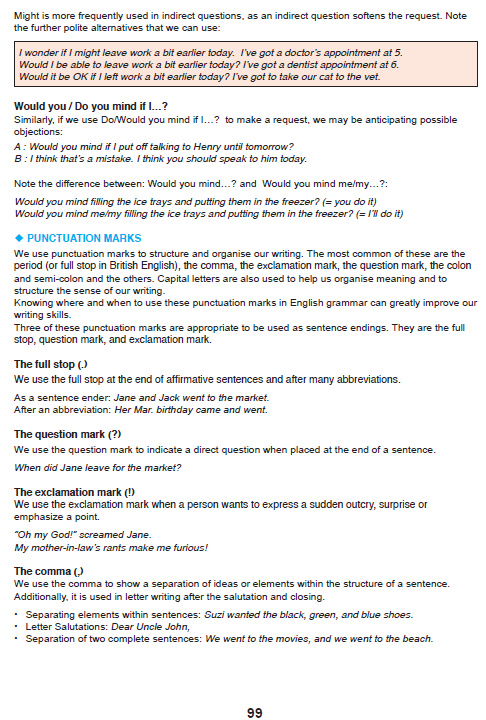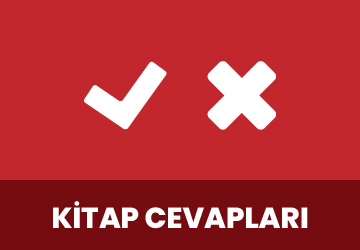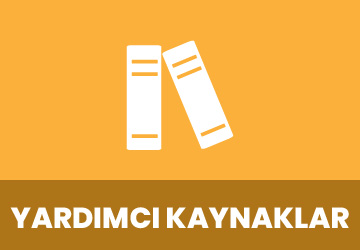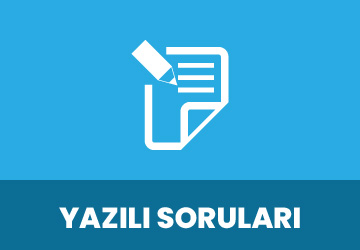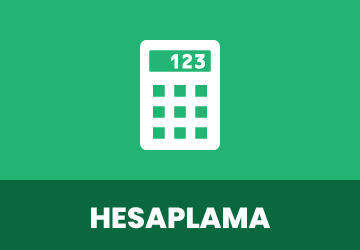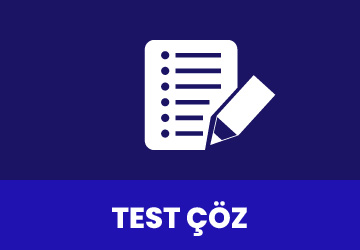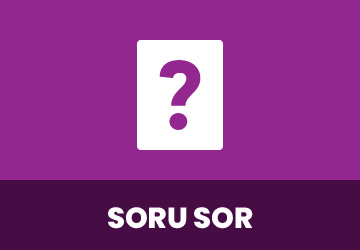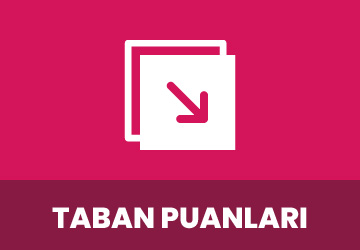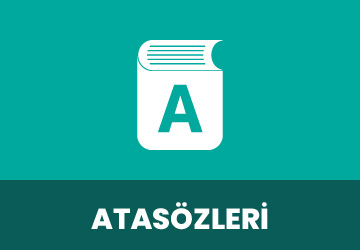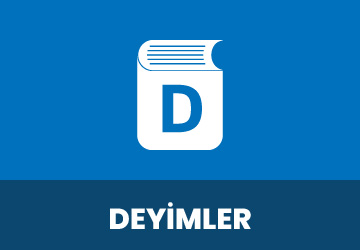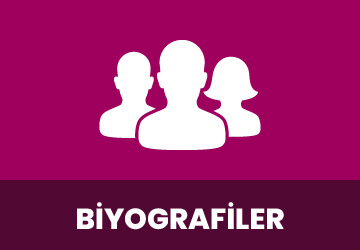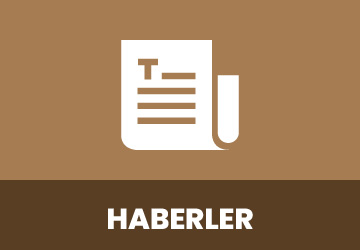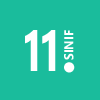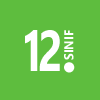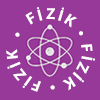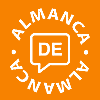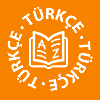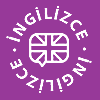
İngilizce Meb Yayınları Yes You Can B1.2 Ders Kitabı Sayfa 99 Cevabı
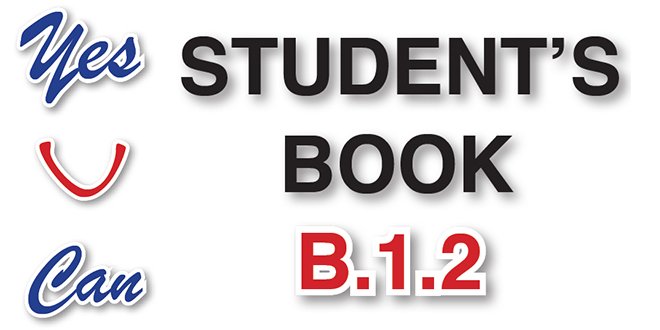

İngilizce Meb Yayınları Yes You Can B1.2 Ders Kitabı Sayfa 99 Cevabı
2017 – 2018 Eğitim Öğretim dönemiyle beraber pek çok ders ve çalışma kitabı değişti. Değişen ders kitaplarından biri de “İngilizce Meb Yayınları Yes You Can B1.2 Ders Kitabı Cevapları” oldu. Kitabı incelediğimizde ise Cansu ÇAĞLAR, Esra Emel, HOYRAZ Havva ARSLAN tarafından 121 sayfa olarak kaleme alındığını görüyoruz. Kitapta görseller ön plana çıkarılmış ve görsel tasarım ise Beyza DİRİK tarafından yapılmış.
“İngilizce Meb Yayınları Yes You Can B1.2 Student’s Book Sayfa 99 Cevapları“nda önce sorular yazıldı daha sonra cevaplar verildi.
SORULAR
Might is more frequently used in indirect questions, as an indirect question softens the request. Note the further polite alternatives that we can use:
I wonderifl might leave worka bit earliertoday. I’ve got a doctor’s appointment at 5. Would I be able to leave work a bit earliertoday? I’ve got a dentist appointment at6. Would it be OK if I leftwork a bit earliertoday? I’ve got to take ourcat to the vet.
Would you / Do you mind if I…?
Similarly, if we use Do/Would you mind if I…? to make a request, we may be anticipating possible objections:
A: Would you mind if I put off talking to Henry until tomorrow?
B : I think that’s a mistake. I thinkyou should speakto him today.
Note the difference between: Would you mind.? and Would you mind me/my…?:
Would you mind fiiiing the ice trays and putting them in the freezer? (= you do it)
Would you mind me/myfilling the ice trays and putting them in the freezer? (= l’ll do it)
• PUNCTUATION MARKS
We use punctuation marks to structure and organise our writing. The most common of these are the period (or full stop in British English), the comma, the exclamation mark, the question mark, the colon and semi-colon and the others. Capital letters are also used to help us organise meaning and to structure the sense of our writing.
Knowing where and when to use these punctuation marks in English grammar can greatly improve our writing skills.
Three of these punctuation marks are appropriate to be used as sentence endings. They are the full stop, question mark, and exclamation mark.
The full stop (.)
We use the full stop at the end of affirmative sentences and after many abbreviations.
As a sentence ender: Jane and Jack went to the market.
After an abbreviation: Her Mar. birthday came and went.
The question mark (?)
We use the question mark to indicate a direct question when placed at the end of a sentence.
When did Jane leave for the market?
The exclamation mark (!)
We use the exclamation mark when a person wants to express a sudden outcry, surprise or emphasize a point.
“Oh my God!” screamed Jane.
Mymother-in-law’s rants make me furious!
The comma (,)
We use the comma to show a separation of ideas or elements within the structure of a sentence. Additionally, it is used in letter writing after the salutation and closing.
• Separating elements within sentences: Suziwanted the black, green, and blue shoes.
• Letter Salutations: Dear Uncle John,
• Separation of two complete sentences: We went to the movies, and we went to the beach.
İngilizce Meb Yayınları Yes You Can B1.2 Ders Kitabı Sayfa 99 Cevabı